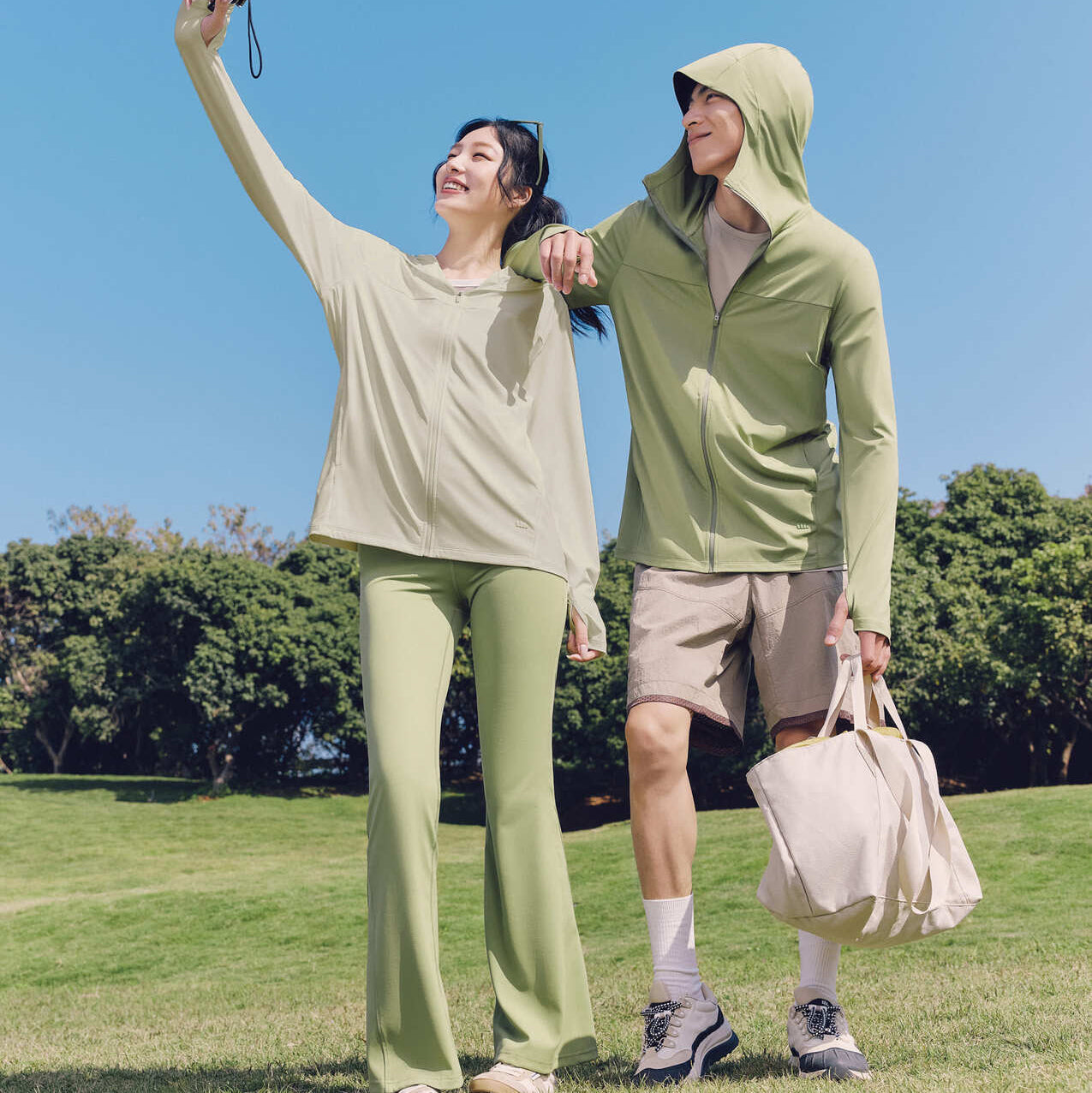
Clothing is the first line of defense against the sun. The right clothes offer more certain sun protection than sunscreen, since people often don’t use sunscreen in the right way (1 ounce applied evenly to all exposed skin every day, and reapplied every two hours if you’re exposed to the sun). But not all clothing is created equal.
How do different items of clothing affect how well you’re protected? How can you be sure a piece effectively blocks the sun’s rays? With sun protection in mind, here are five things you should consider when shopping for new threads:
- Color: The color of your clothing can affect how well it protects you from UV rays. Dark or bright colors, including red, black and navy blue, absorb more UV rays than lighter colors like whites and pastels. For example, an everyday white cotton T-shirt has a UPF of only about 5. As a rule of thumb, the more intense the hue, the better protection the clothing will provide.
- Construction: Like color, the material, weave and texture of your clothing can affect how well it protects you from UV rays. Synthetic and semisynthetic fibers like polyester or rayon are the best choices for sun protection, as are dense, heavy, tightly woven fabrics like wool, denim or corduroy. On the opposite end of the spectrum are natural and lightweight fabrics (think: bleached or refined cotton, crepe, and silk), which tend to be thinner and let more light pass through.
- UPF: Some clothing is specially made to provide sun protection and comes with an Ultraviolet Protection Factor (UPF) rating. This rating functions for clothing almost like an SPF rating does for sunscreen — it gives you an idea of how well a product will protect your skin from harmful UV rays. The number indicates what fraction of the sun’s UV rays can penetrate the fabric. For example, a shirt with a UPF of 50 would allow just 1/50th of the sun’s UV radiation to reach the skin.
- Size: It’s pretty obvious that the more skin you cover, the better protected you are. It can be easy to forget that the same thing applies to hats! The ideal hat for sun protection have a wide brim (3-inches or greater). They’re a great way, along with UV-filtering sunglasses, to supplement daily sunscreen use in keeping your face safe from UV rays, and they can also help protect easy-to-forget spots like the tops of your ears and your scalp. Look for a tightly woven hat like a fedora, rather than, say, a loosely woven straw hat that allows UV to pass through its openings.
- Fit: It may seem counterintuitive, but looser threads offer better protection than super-tight clothing! If a piece is too tight, that straining can cause fabric fibers to stretch or tear, allowing more UV to pass through the material. Don’t forget to check the fit of your sunglasses too — a pair that slips down your nose is leaving your eyes at risk for sun damage. Look for sturdy sunglasses with wide lenses that cover the eyes, eyelids and as much of the surrounding areas as possible.
Remember, no single type of sun protection is complete in and of itself; The Skin Cancer Foundation advises you to use clothing, sunscreen, hats, sunglasses and shade together for all-around sun safety.
Source: ALI VENOSA, Skin Cancer Foundation, Aug 11, 2017.



